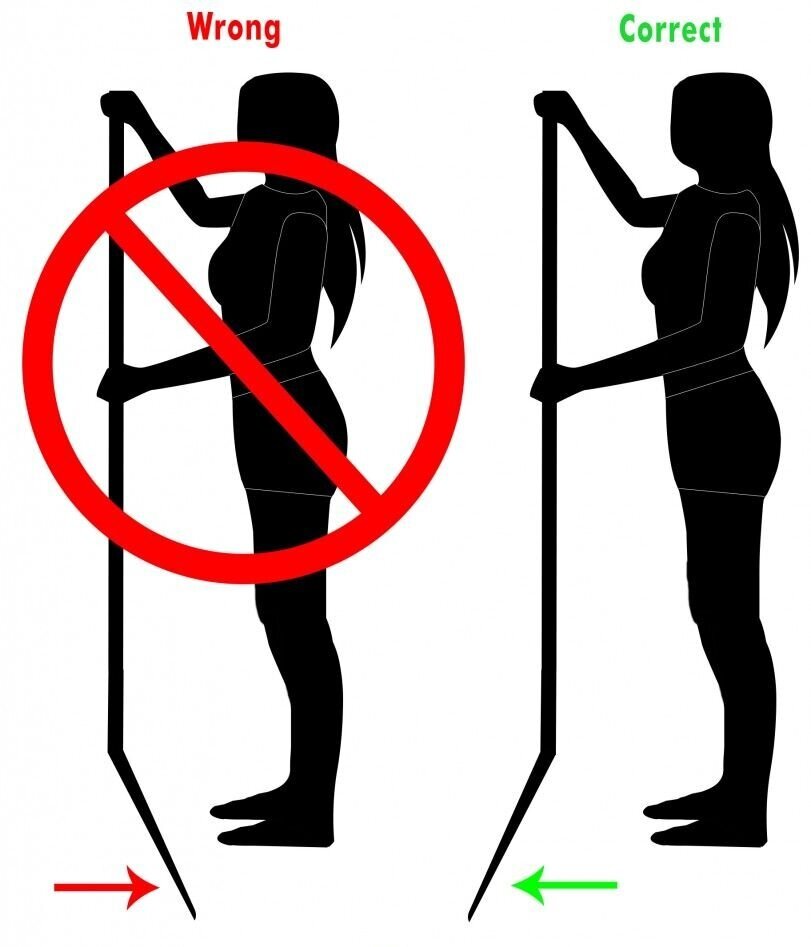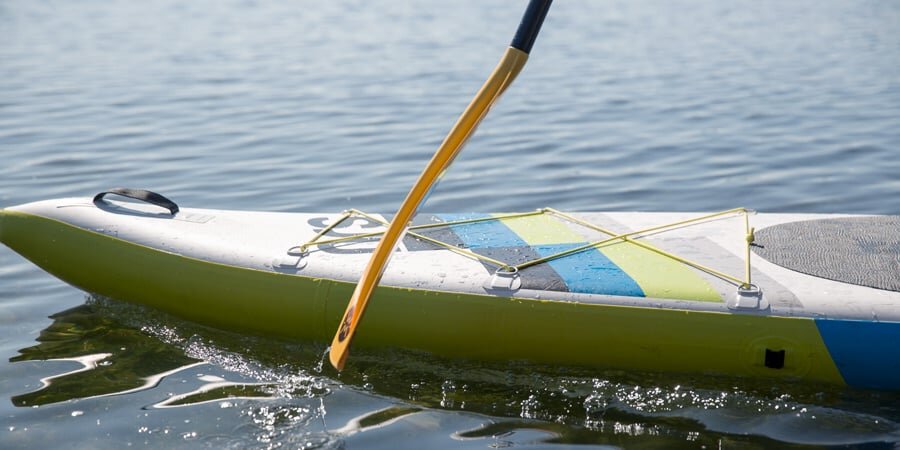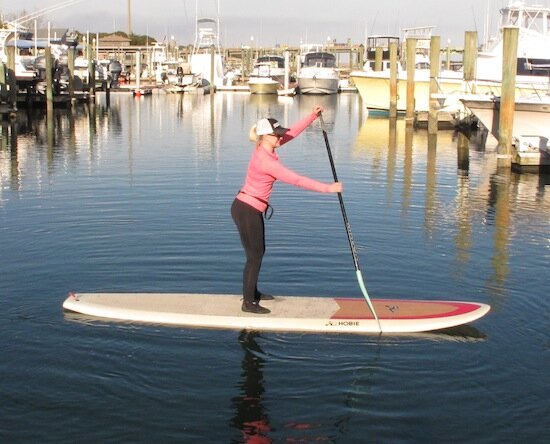Easy SUP mistakes and how to avoid them!
So I don’t know about you, but when I first started SUP one of the things I was concerned about was looking like a rooky. Heading out at your local beach, you quite often feel the gaze of others curiously staring at you. You head out onto the water, and you see a family stop and watch you as you head off into the distance and go from knees to standing. If paddling with friends, you’re probably caught up in conversation and having a great time already. If paddling solo - you may be conscious of others curiously watching for those first 5-10 minutes before finding your flow.
Therefore, with my goal to always empower you guys with as much knowledge as possible to ensure you’re feeling strong and confident on the water, I thought I’d cover some easy SUP mistakes and how to avoid them, so you know that when you hit the water, you’re going to be looking AWESOME and if anyone is looking at you, they will be looking in awe!
Mistake #1 Paddle around the wrong way
This is SUCH an easy mistake to make. It catches everyone out because even after you’ve had a SUP lesson and got used to one paddle style, the next one you come across looks completely different. Here are a few photos of different paddles and their correct position, so that you get more familiar with which way round it goes. While the paddles are all slightly different in these photos, the one continuous link is that the face of the blade, is always facing the paddler.
Mistake #2 Standing too far forward or back
If you’ve never had a SUP lesson, you may not realise how important it is to stand with your feet either side of the centre handle. No matter what SUP your own, the centre handle marks the centre of the board and the area of most balance, therefore this is where you need to be standing. Standing too far forward or too far back, you won’t be able to glide through the water so easily (because of the drag you’re causing on one end of the board) and you may put yourself off balance.
Mistake #3 Under-inflated iSUP
When you buy an iSUP (an inflatable paddleboard) you want to ask the retailer or brand what PSI (pressure) to pump it up to. Good quality iSUPs can normally take up to 22 PSI, and others have a maximum of 15 PSI so always check with the brand when you pump. When you head out on an iSUP, make sure it’s inflated to the recommended PSI rating, otherwise, it will feel like dancing on a bowl of jelly and impossible to stand! For most that is around 16-17 PSI. If you’re unsure how to read your gauge on your pump, ask a friend or post a question in the She SUPs Community. Whatever you do, don’t rely on giving your board a good squeeze to ‘see if it’s done’… it probably won’t be!
Mistake #4 Mistaking sunny days for ‘ideal SUP conditions’ and then getting blown out to sea by an offshore wind!
Sunny days do not always mean ideal SUP conditions. This weekend is set to be an example of this in Sydney. We have a 39-degree day forecast for Sunday, so I’ve heard a lot of people talk about heading to the beach. However, this heat is combined with this is a 34-knot southerly wind in the afternoon. The recommended safety cut off for safe paddling is 12 knots, so this is almost three times the safe paddling limit!!
In the UK this Summer, paddle board sales were at an all time high (around 200-400% for many retailers), however so were the number of lifeboat launches for paddleboarders blown out to sea and needing rescue. There was a 40% rise in lifeboat launches for paddleboarders alone, and the number of casualties assisted almost tripled. Always check the wind forecast before you SUP. If you’re like more guidance on this, you can read my blog about it HERE.
Mistake #5 Not wearing a leash
A leash is a must-have safety accessory for all stand-up paddleboarders. If you should fall, a leash will keep your board close by, enabling you to swim to it quickly and easily and jump back on the board. Without a leash your board may end up being taken by the wind, or drifting in a current, leaving you a big swim to go and catch it!! If you’re a flat-water paddler, wear a coiled leash to avoid the leash dragging in the water, picking up debris or catching on anything while you’re paddling.
So there you have it! 5 easy SUP mistakes and how to avoid them to ensure you look and feel like a super confident paddler even if you’re an absolute newbie!!
Happy paddling!
Vikki x






